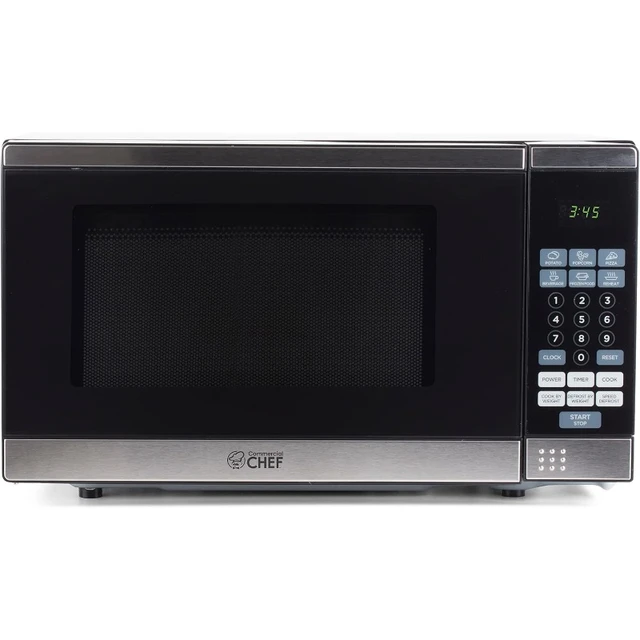Introduction:
Cleaning sponges is an essential part of maintaining good hygiene in the kitchen. While washing sponges with soap and water is a common method, using a microwave can be an effective way to sanitize and disinfect them. Microwaving sponges helps kill bacteria and remove odors, extending their lifespan and ensuring they remain clean and safe to use. In this article, we will explore the steps to clean a sponge using a microwave, discussing the advantages, precautions, and best practices for achieving optimal results.
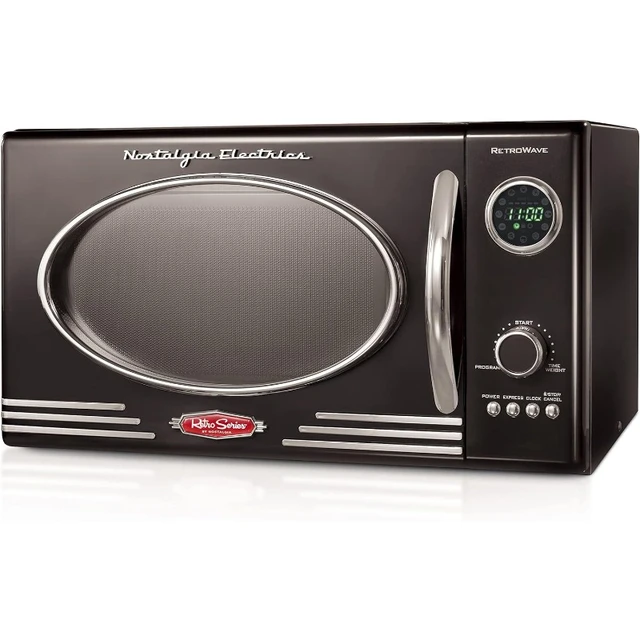
How to clean a sponge with a microwave?
Importance of Cleaning Sponges:
a. Bacterial Buildup: Sponges used for cleaning dishes and surfaces can harbor bacteria, including harmful pathogens. These bacteria can multiply rapidly, potentially leading to cross-contamination and foodborne illnesses.
b. Odor Control: Over time, sponges can develop unpleasant odors due to bacterial growth and absorption of food particles. Cleaning sponges regularly helps eliminate these odors, ensuring a fresh and clean kitchen environment.
c. Prolonging Lifespan: Regular cleaning helps remove debris, grease, and bacteria, extending the lifespan of a sponge. This reduces the need for frequent replacement, saving money and reducing waste.
Advantages of Using a Microwave:
Using a microwave to clean sponges offers several advantages:
a. Bacterial Elimination: Microwaving sponges can effectively kill bacteria, including E. coli and Salmonella. The high heat generated by the microwave destroys these pathogens, ensuring a hygienic sponge.
b. Odor Removal: Microwaving helps eliminate unpleasant odors by killing odor-causing bacteria and removing trapped food particles that contribute to the odor.
c. Quick and Convenient: Microwaving a sponge is a quick and convenient method of sanitizing, requiring minimal effort and time.
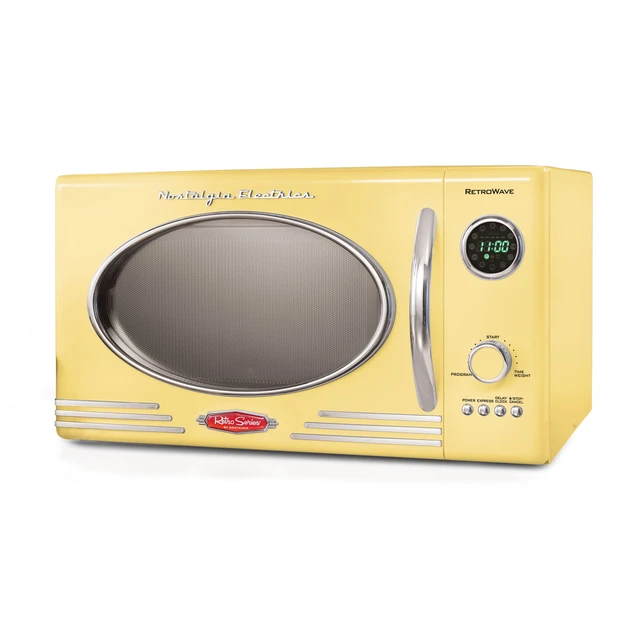
Precautions and Guidelines:
To ensure safety and optimal results, it is important to follow certain precautions and guidelines when cleaning sponges in the microwave:
a. Sponge Material: Only microwave sponges made of natural materials, such as cellulose or cotton, as synthetic sponges may melt or catch fire. Check the sponge’s packaging or consult the manufacturer’s guidelines to determine if it is safe to microwave.
b. Moisture Content: Ensure the sponge is wet before microwaving to prevent overheating or fire hazards. A dry sponge can quickly overheat and become a fire risk.
c. No Metal Components: Remove any metal components or scrubbers from the sponge before microwaving, as metal can cause sparks or arcing.
d. Temperature Monitoring: After microwaving, the sponge may become hot. Use caution when handling and allow it to cool before use.
Steps to Clean a Sponge Using a Microwave:
Follow these steps to effectively clean a sponge using a microwave:
a. Dampen the Sponge: Wet the sponge thoroughly with water, ensuring it is evenly dampened but not soaking wet. Excess water can lead to steam buildup and potential hazards.
b. Place in a Microwave-Safe Dish: Place the damp sponge in a microwave-safe dish or bowl. Avoid using metal dishes, as they can cause sparks or arcing.
c. Microwave on High: Set the microwave to the highest power level and microwave the sponge for approximately 1-2 minutes. The exact time may vary depending on your microwave’s wattage and the size of the sponge. Aim for a temperature above 165°F (74°C) to effectively kill bacteria.
d. Let it Cool: After microwaving, carefully remove the dish from the microwave using oven mitts or protective gloves. The sponge may be hot, so allow it to cool in the dish before handling.
e. Rinse and Squeeze: Once the sponge has cooled, rinse it thoroughly under cold water to remove any remaining debris or bacteria. Squeeze the sponge to remove excess water.
f. Allow to Air Dry: Place the sponge in a well-ventilated area to air dry completely before using it again. This helps prevent the growth of new bacteria and ensures the sponge remains clean and odor-free.
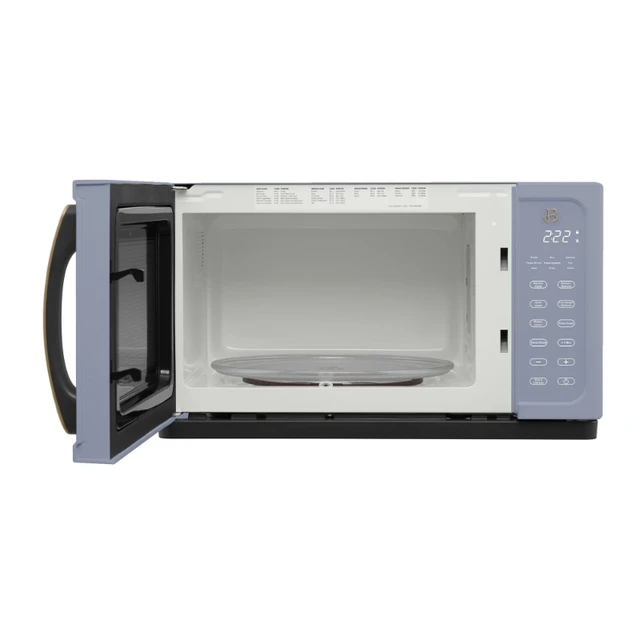
Additional Tips and Best Practices:
a. Regular Cleaning: Clean sponges in the microwave regularly to maintain their cleanliness and effectiveness. A weekly cleaning routine is recommended to prevent bacterial buildup and control odors.
b. Replace when Needed: Despite proper cleaning, sponges have a limited lifespan. Replace them when they become worn, torn, or start to emit persistent odors even after cleaning.
c. Alternatives to Microwaving: If you prefer not to use a microwave, there are other methods to clean sponges effectively. Soaking them in a mixture of water and bleach or running them through a dishwasher cycle can also help sanitize sponges.
d. Individual Microwaves Vary: Adjust the microwaving time depending on your microwave’s wattage and the size of the sponge. Start with shorter durations and increase if necessary to avoid overheating or damaging the sponge.
e. Regularly Clean the Microwave: Clean the microwave regularly to prevent cross-contamination. Spills or splatters from sponges can accumulate bacteria, so wipe down the microwave’s interior with a mild cleaner after each use.
Maintaining Clean Sponges:
a. Proper Storage: After cleaning and drying the sponge, store it in a clean and dry location. Avoid storing sponges in areas that are prone to moisture or where they can come into contact with dirty surfaces, as this can lead to bacterial growth.
b. Avoid Cross-Contamination: Use different sponges for different cleaning tasks to prevent cross-contamination. For example, designate one sponge for dishwashing and another for cleaning countertops. This reduces the risk of spreading bacteria from one surface to another.
c. Regular Replacement: Even with proper cleaning, sponges have a limited lifespan. Replace them every two to four weeks or when they show signs of wear and tear. Regular replacement ensures that you’re using a clean and effective sponge for your cleaning tasks.
d. Alternative Cleaning Methods: While using a microwave is an effective way to clean sponges, you can also consider other cleaning methods to maintain their cleanliness. Soaking sponges in a mixture of water and vinegar or using a bleach solution can help disinfect them. Follow the manufacturer’s instructions and safety guidelines for these cleaning methods.
e. Personal Hygiene: Practicing proper personal hygiene is essential when handling sponges. Wash your hands thoroughly before and after using a sponge to prevent the spread of bacteria and maintain a clean and hygienic kitchen environment.
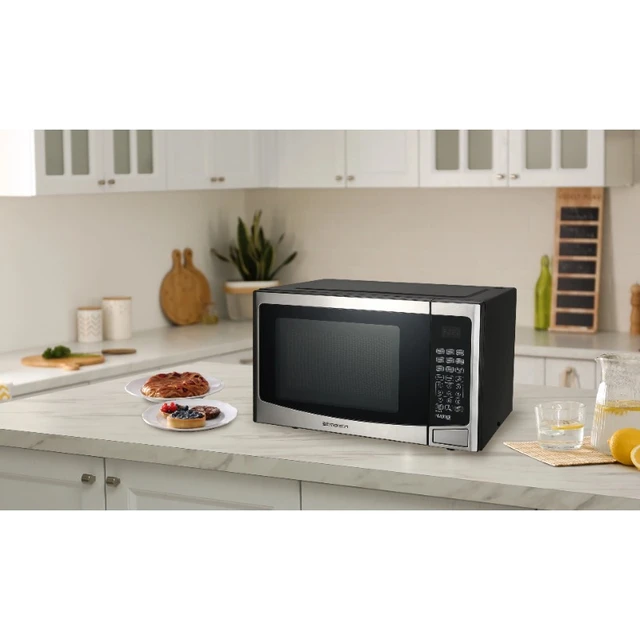
Additional Tips for Microwaving Sponges:
a. Monitor Microwave Operation: While microwaving a sponge, keep an eye on the process to ensure it doesn’t overheat or catch fire. If you notice any unusual sparks or smoke, stop the microwave immediately and remove the sponge with caution.
b. Use Caution when Handling: After microwaving, the sponge can be hot. Use oven mitts or protective gloves to remove the dish from the microwave and allow the sponge to cool before handling it to avoid burns.
c. Safety First: Always prioritize safety when cleaning sponges in the microwave. Follow the manufacturer’s guidelines for both the sponge and the microwave, and adhere to all safety precautions to prevent accidents or damage to the appliance.
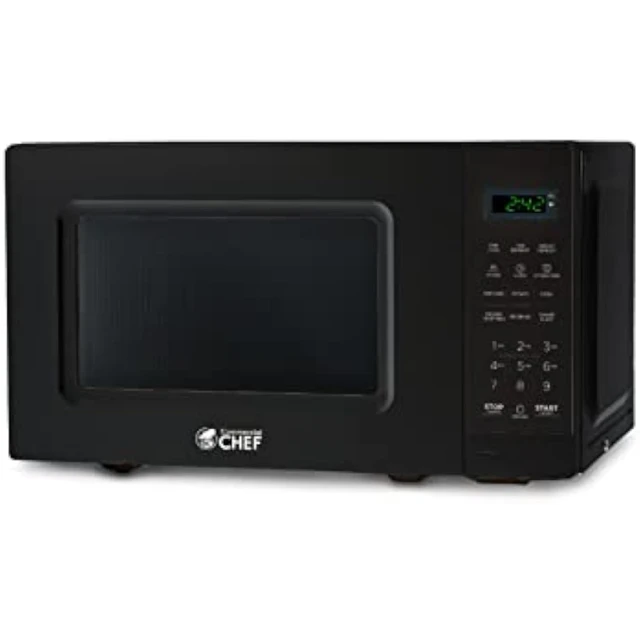
Conclusion:
Cleaning sponges in the microwave is a quick and effective method to sanitize and eliminate bacteria, as well as remove odors. By following the precautions and steps outlined in this article, you can ensure the safety and effectiveness of this cleaning technique. Regularly cleaning sponges in the microwave helps maintain hygiene in the kitchen, prolongs their lifespan, and ensures a fresh and odor-free cleaning experience. Remember to always use microwave-safe sponges, keep them moist during microwaving, and allow them to cool before handling. By incorporating microwave cleaning into your sponge maintenance routine, you can enjoy a clean and sanitized kitchen environment.

